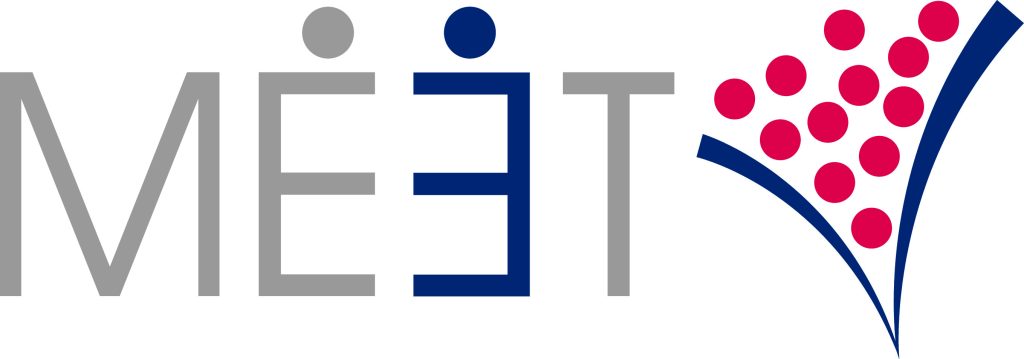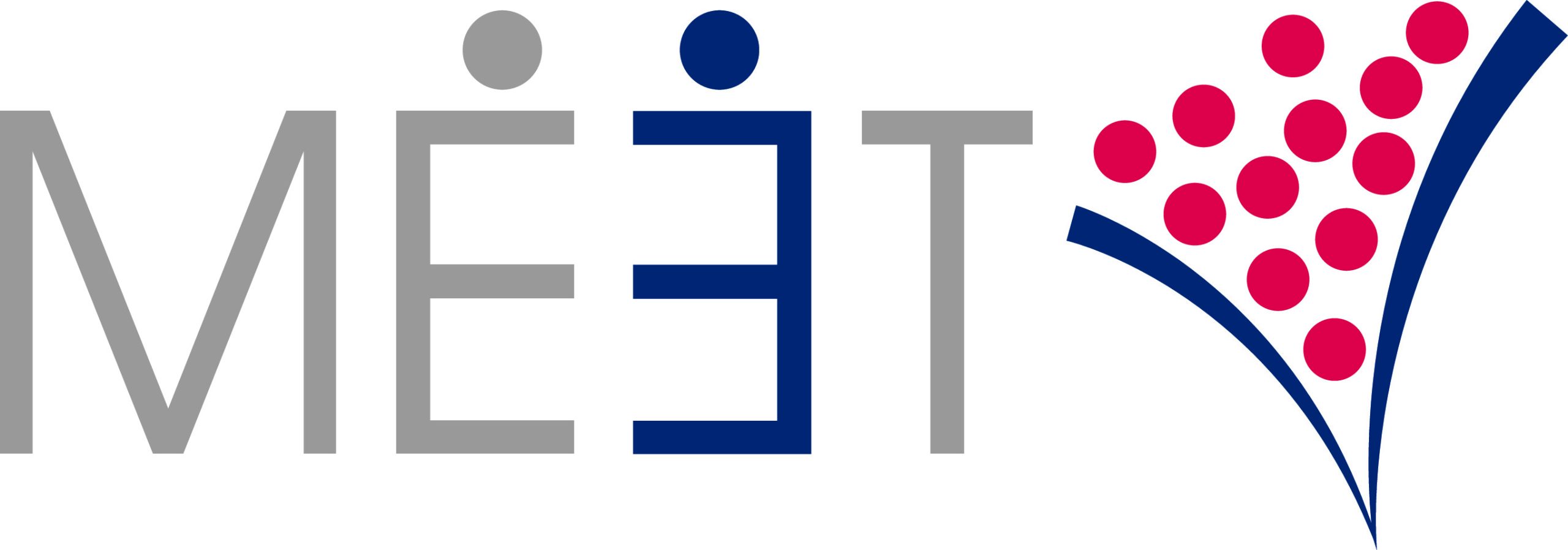The Less Obvious Benefits to Measuring Trade Show ROI
There are many reasons for measuring trade show ROI. The most obvious: to improve marketing performance. After all, without baseline
The Less Obvious Benefits to Measuring Trade Show ROI Read Post »

